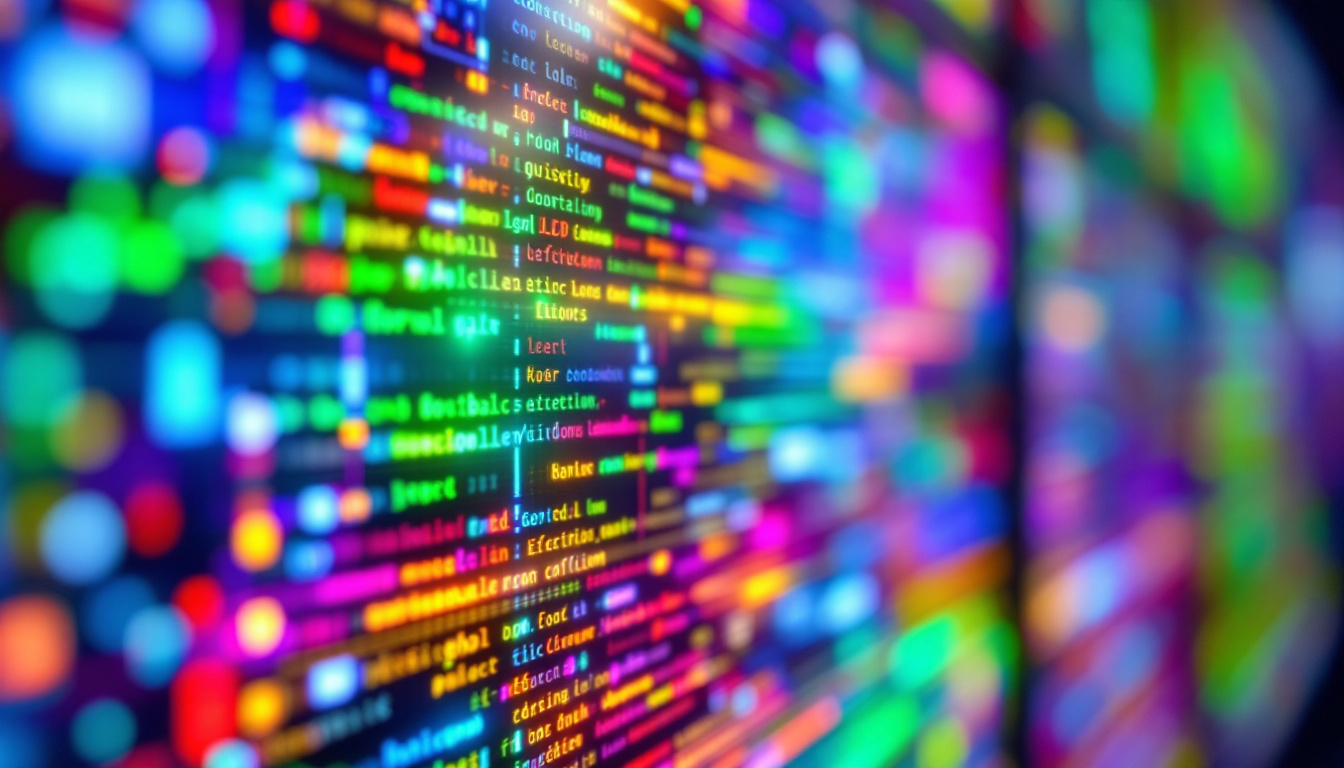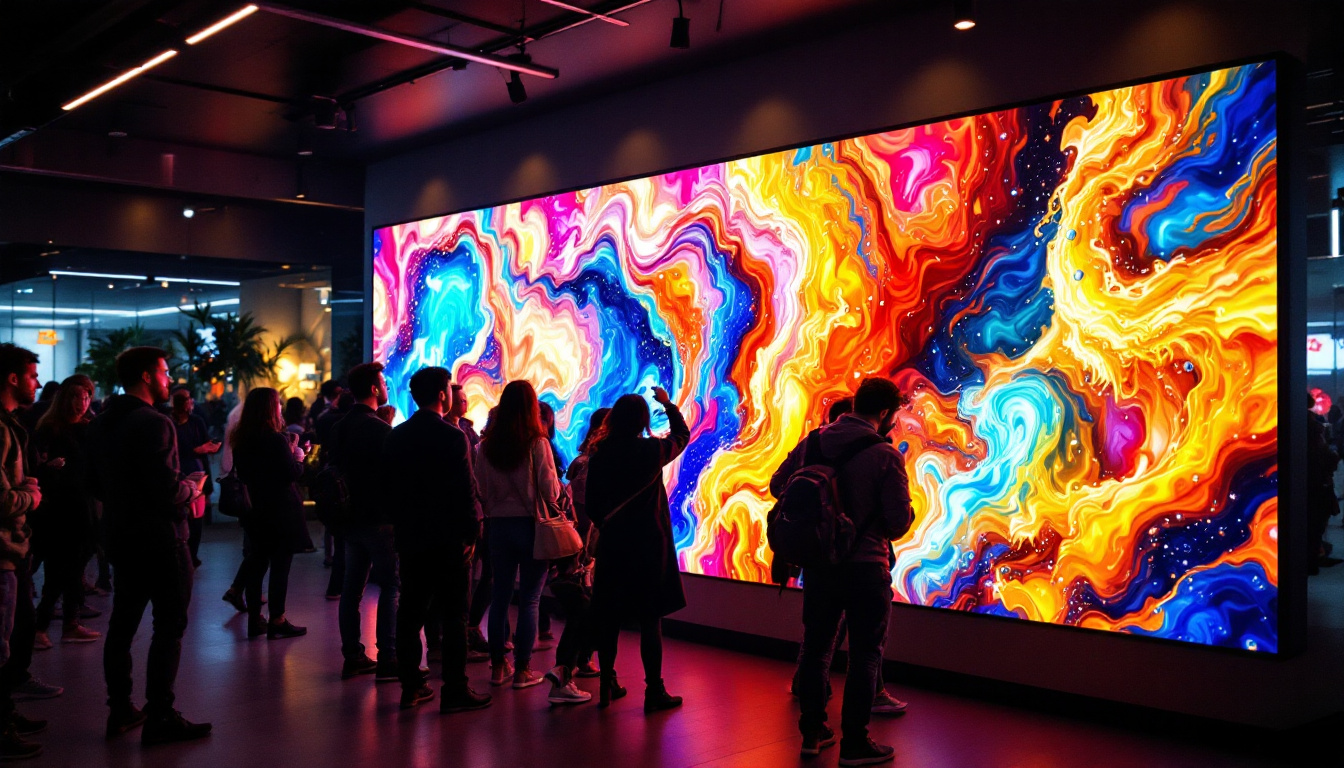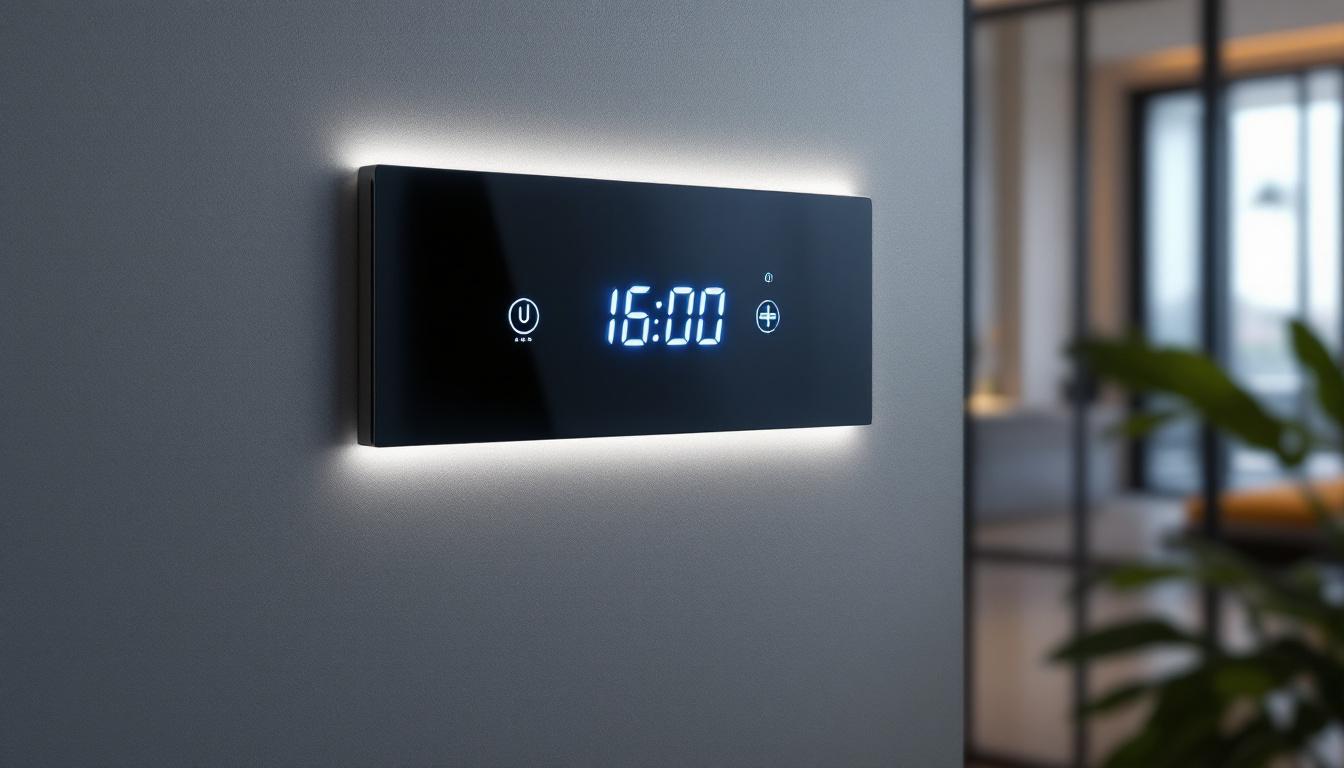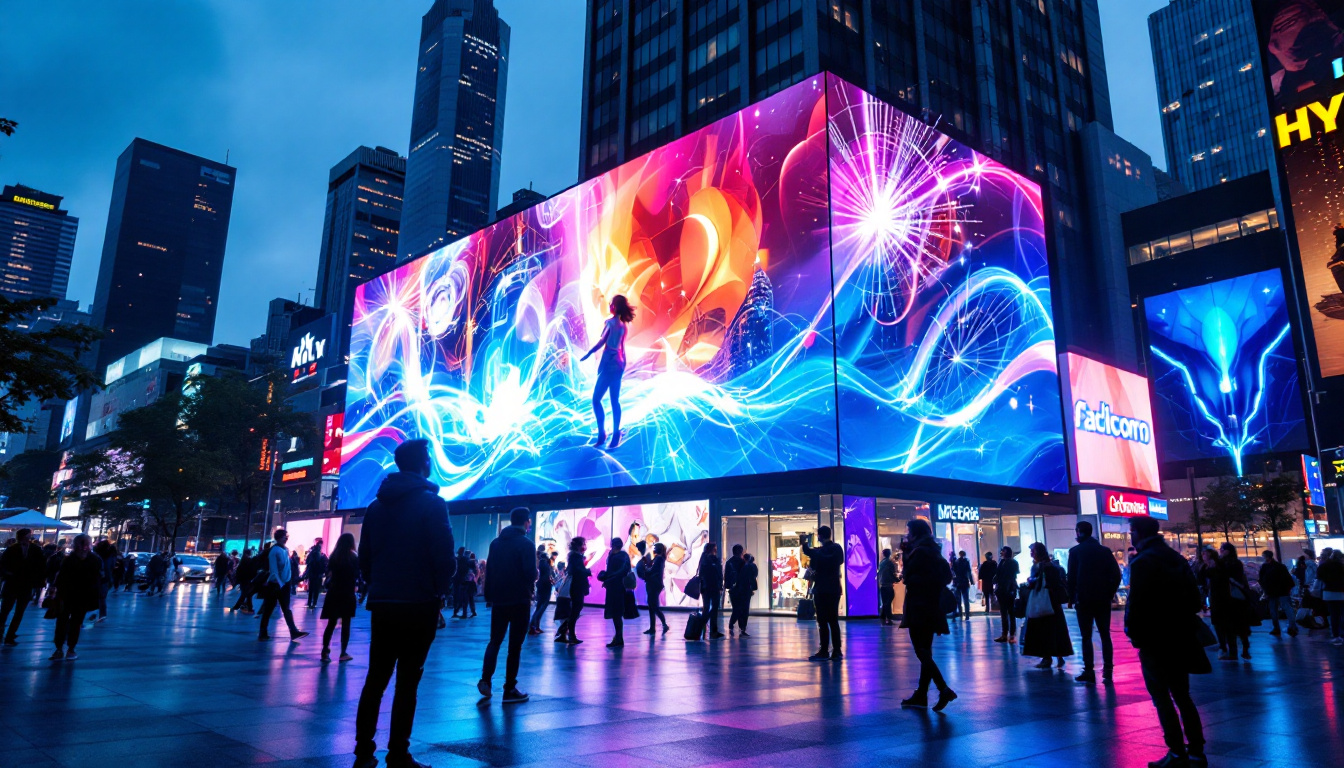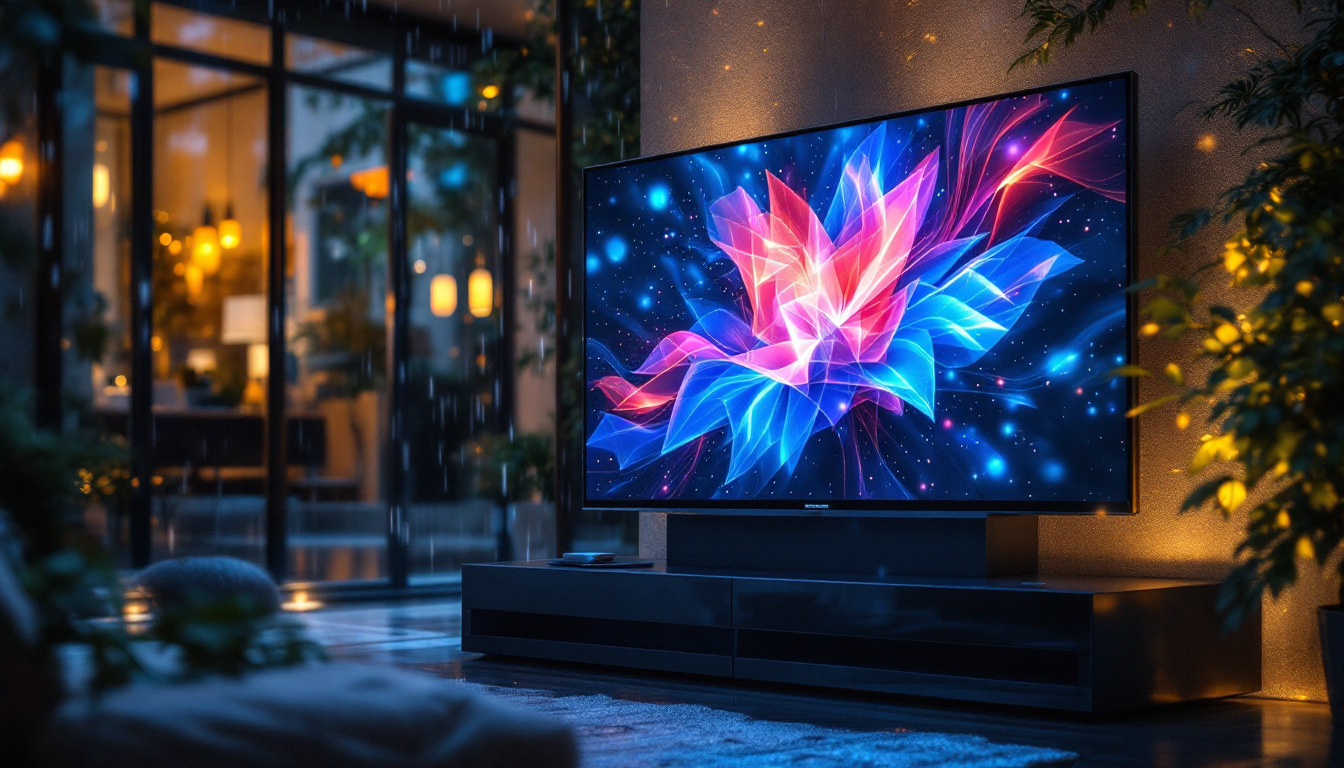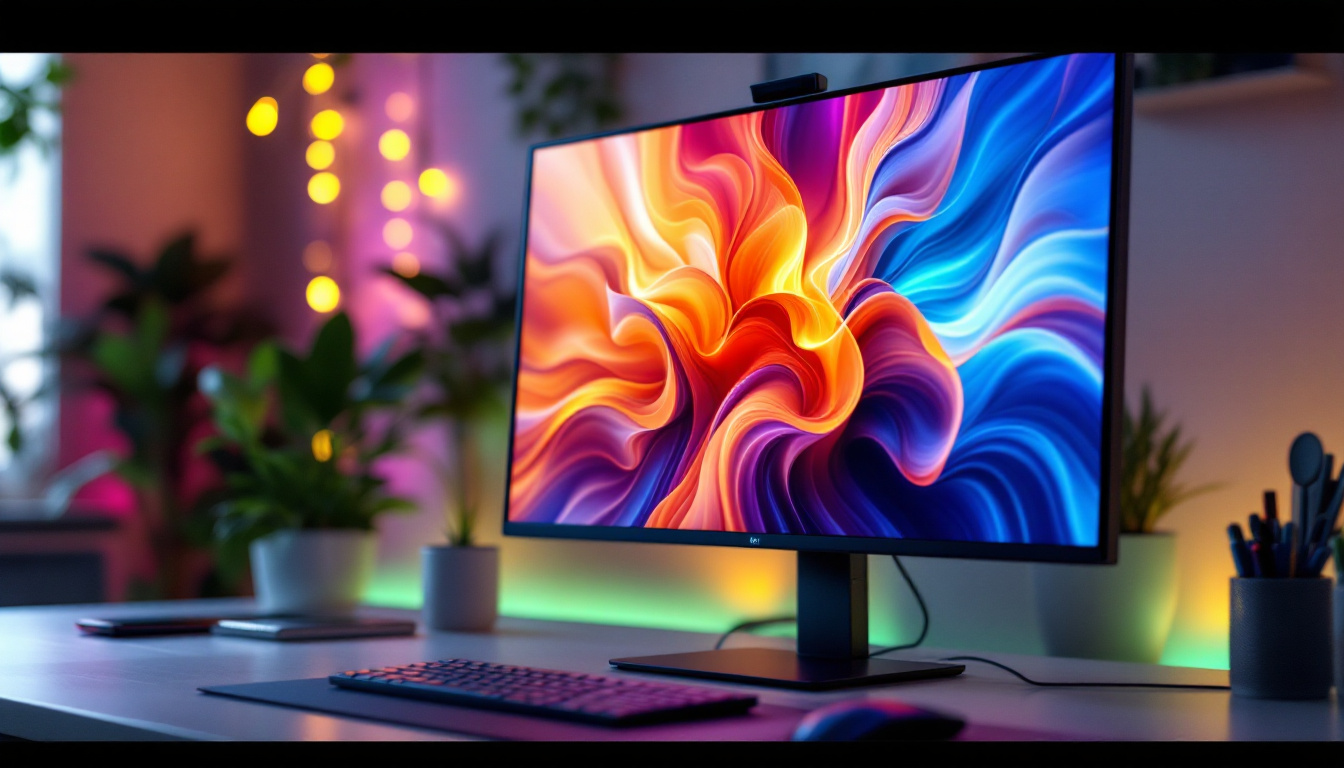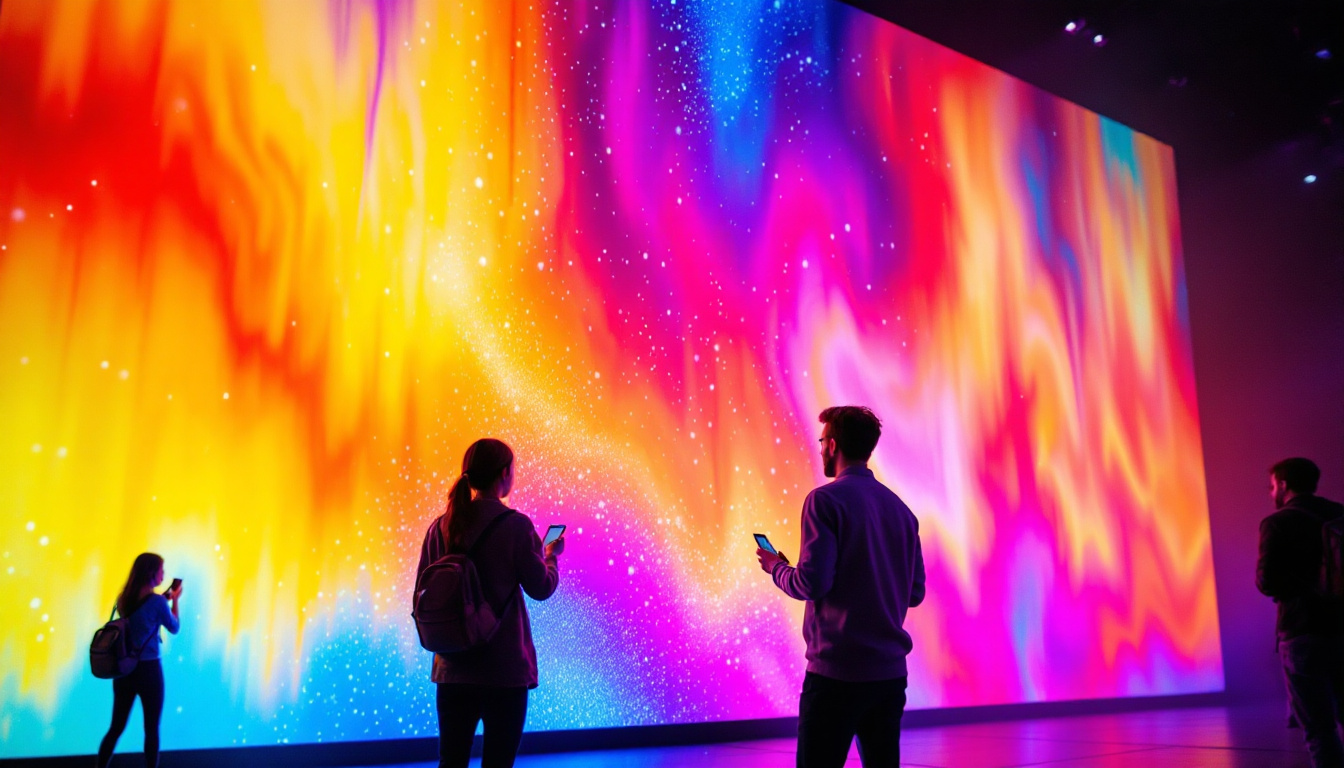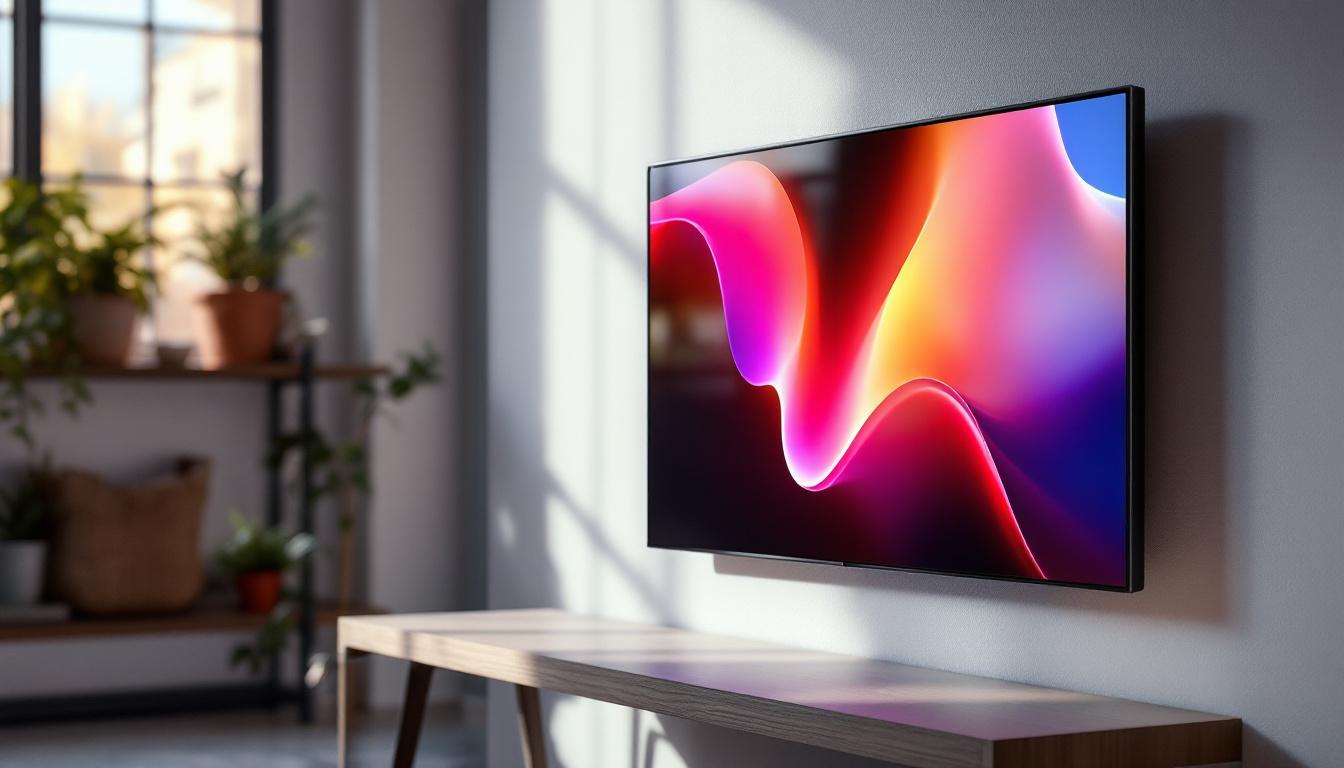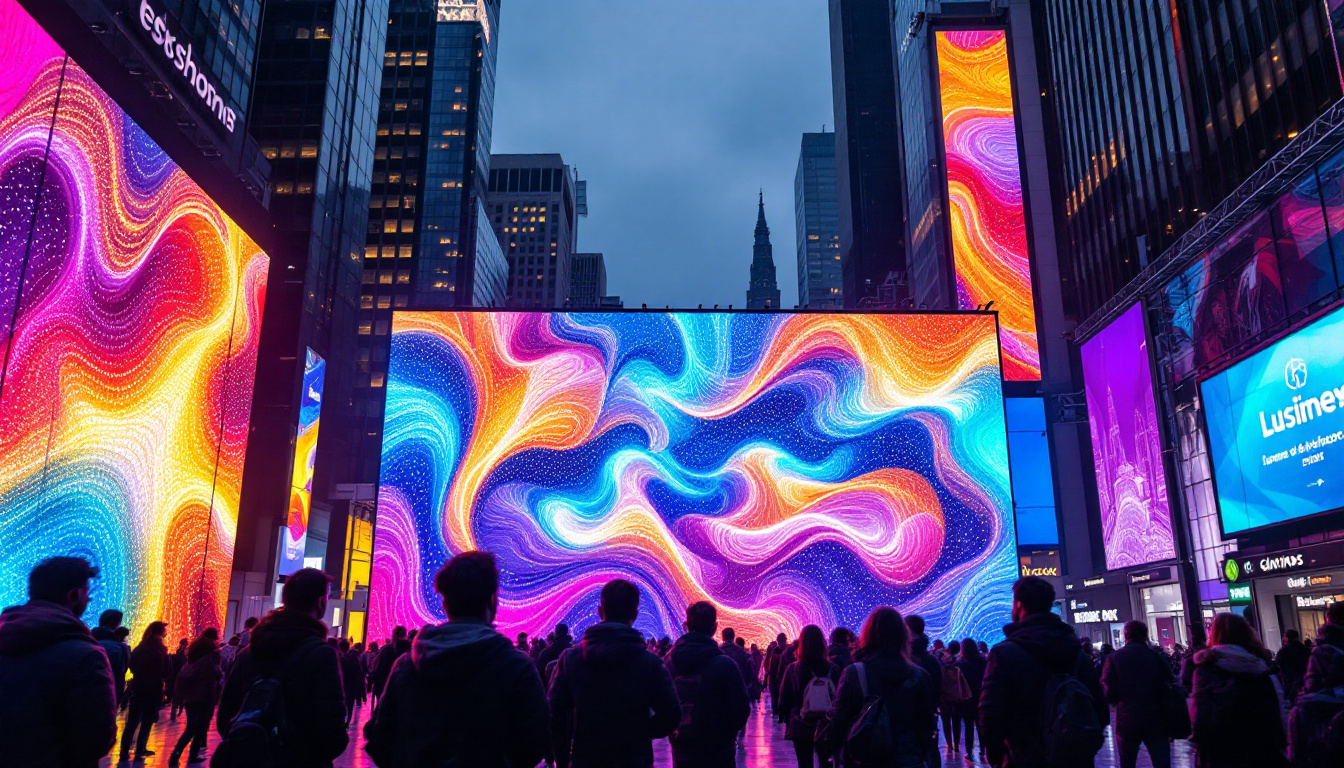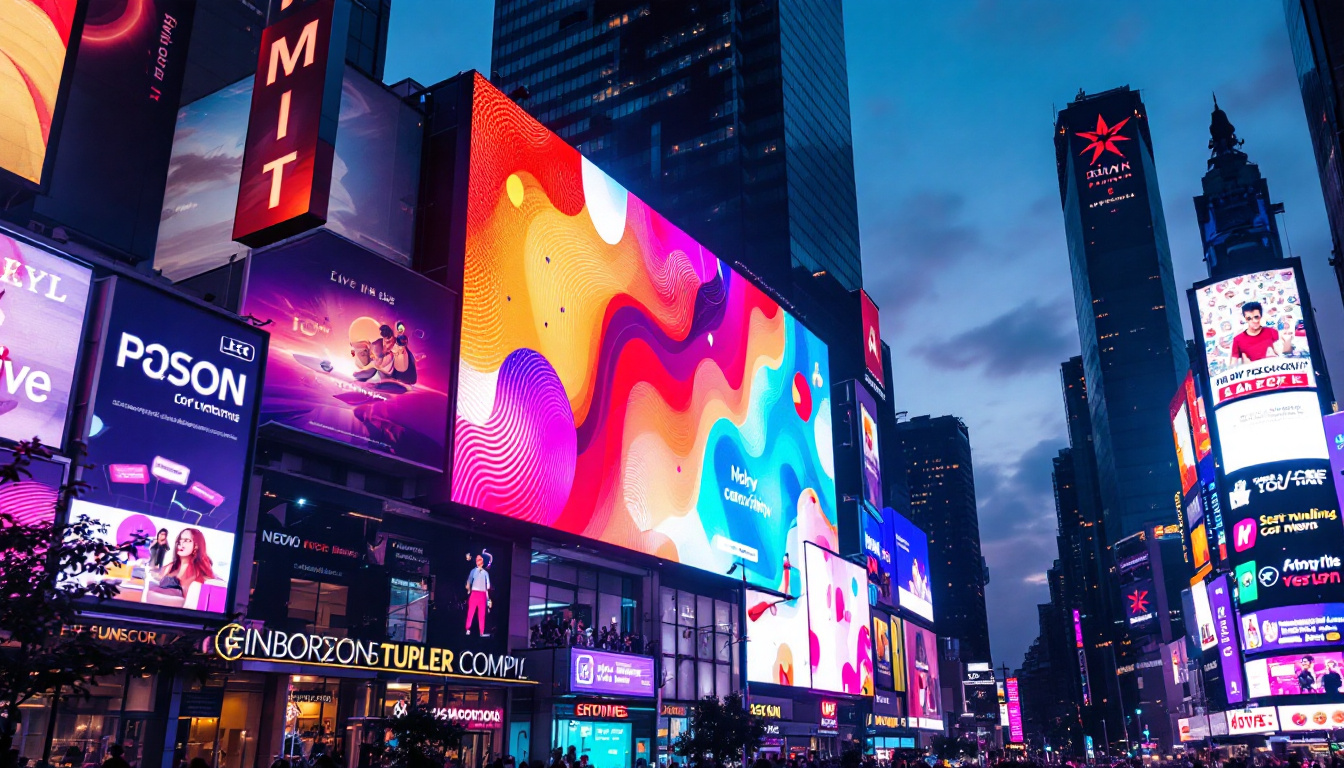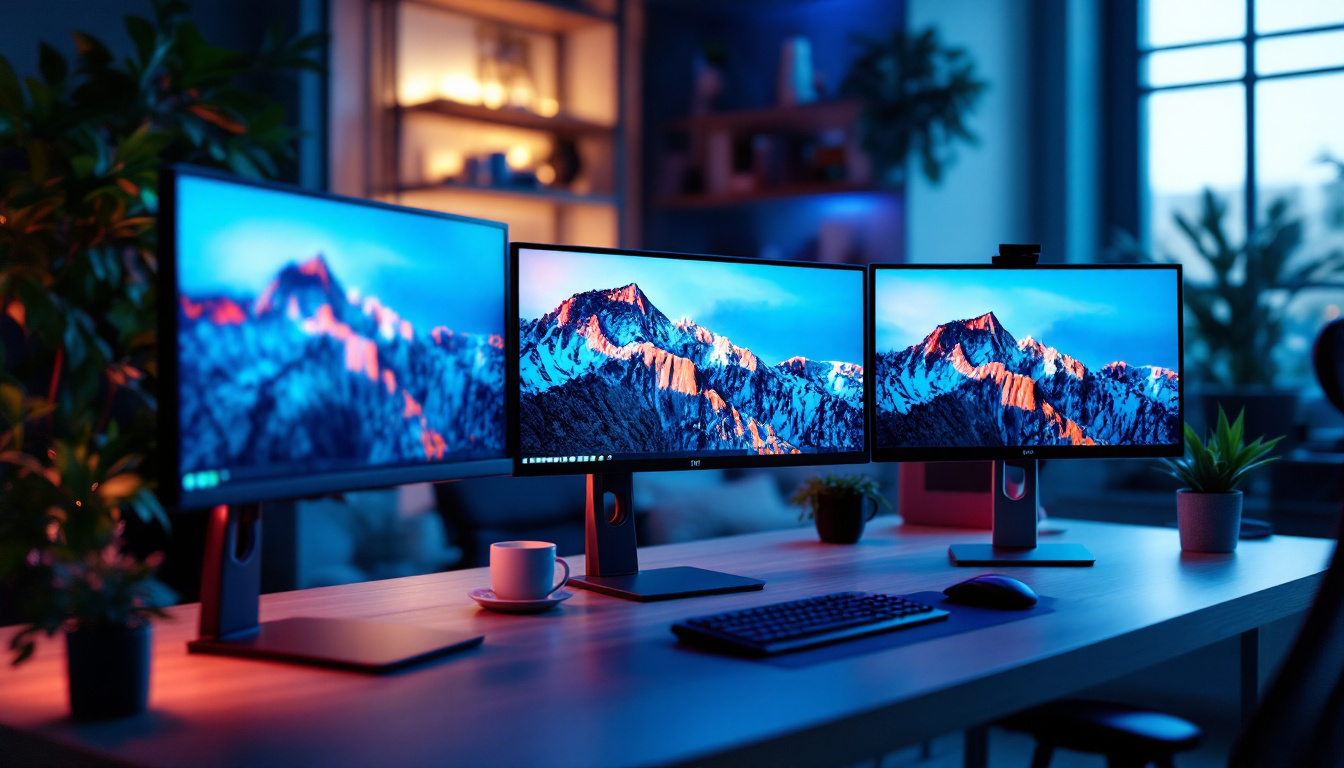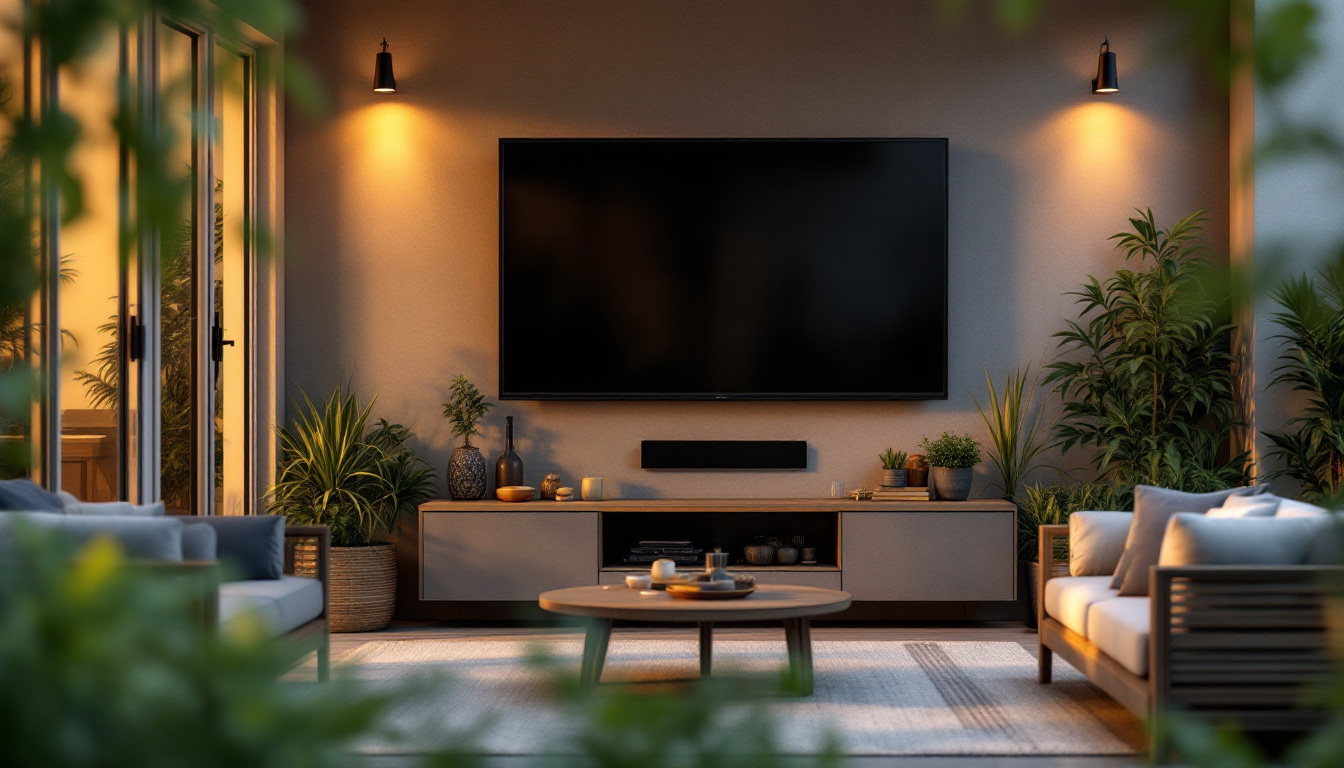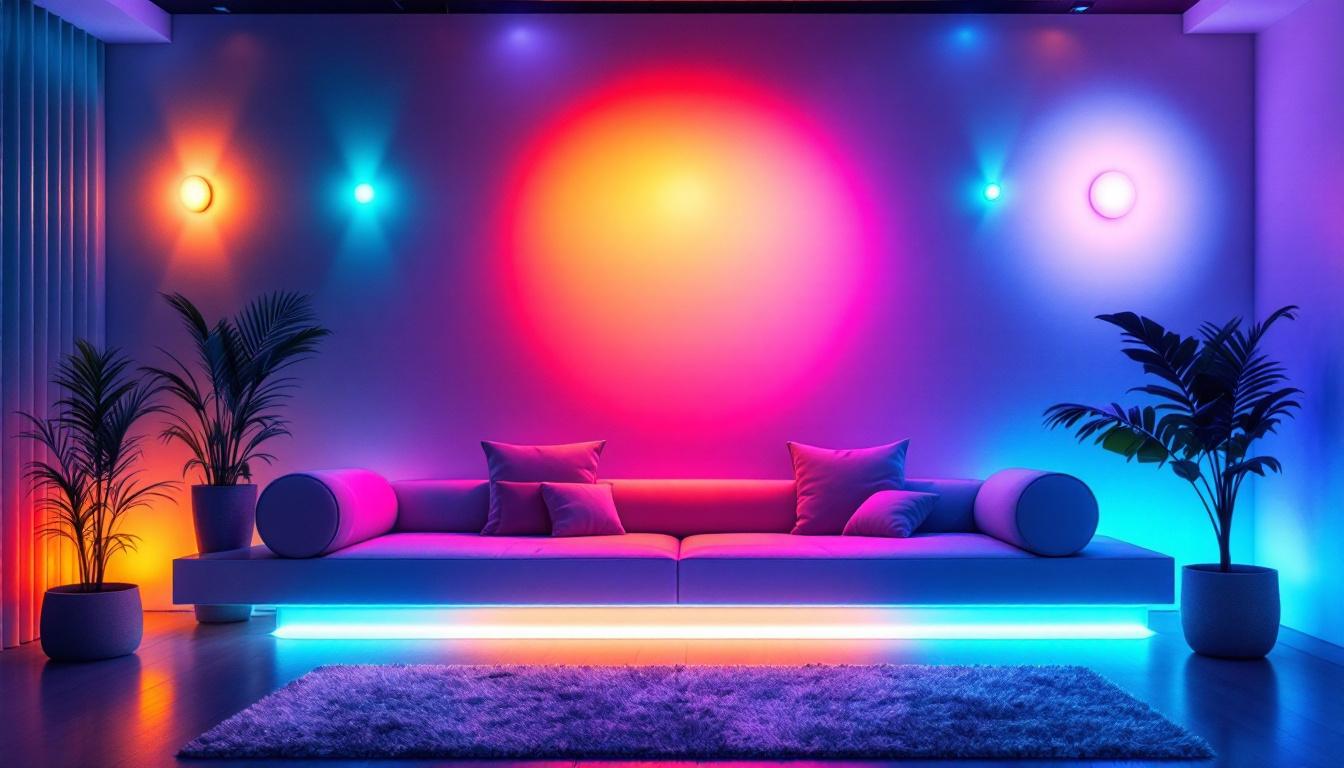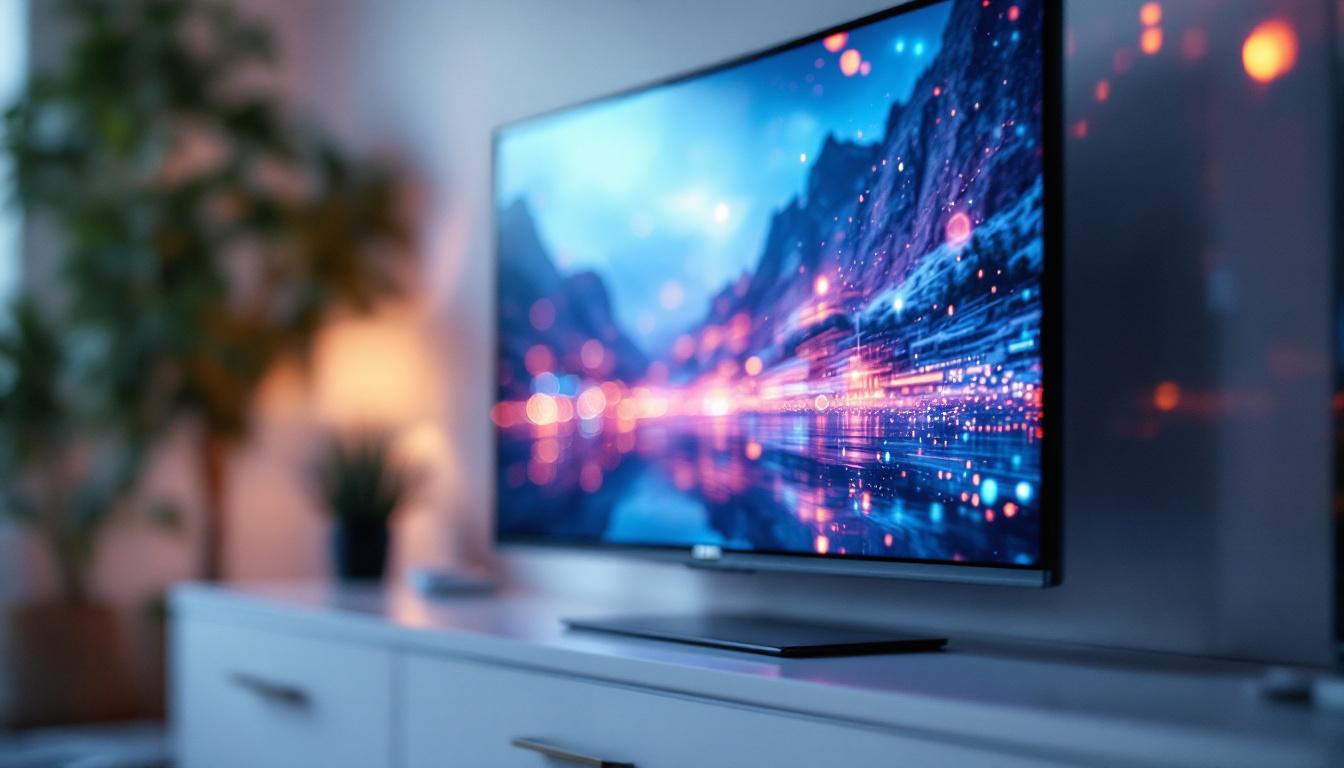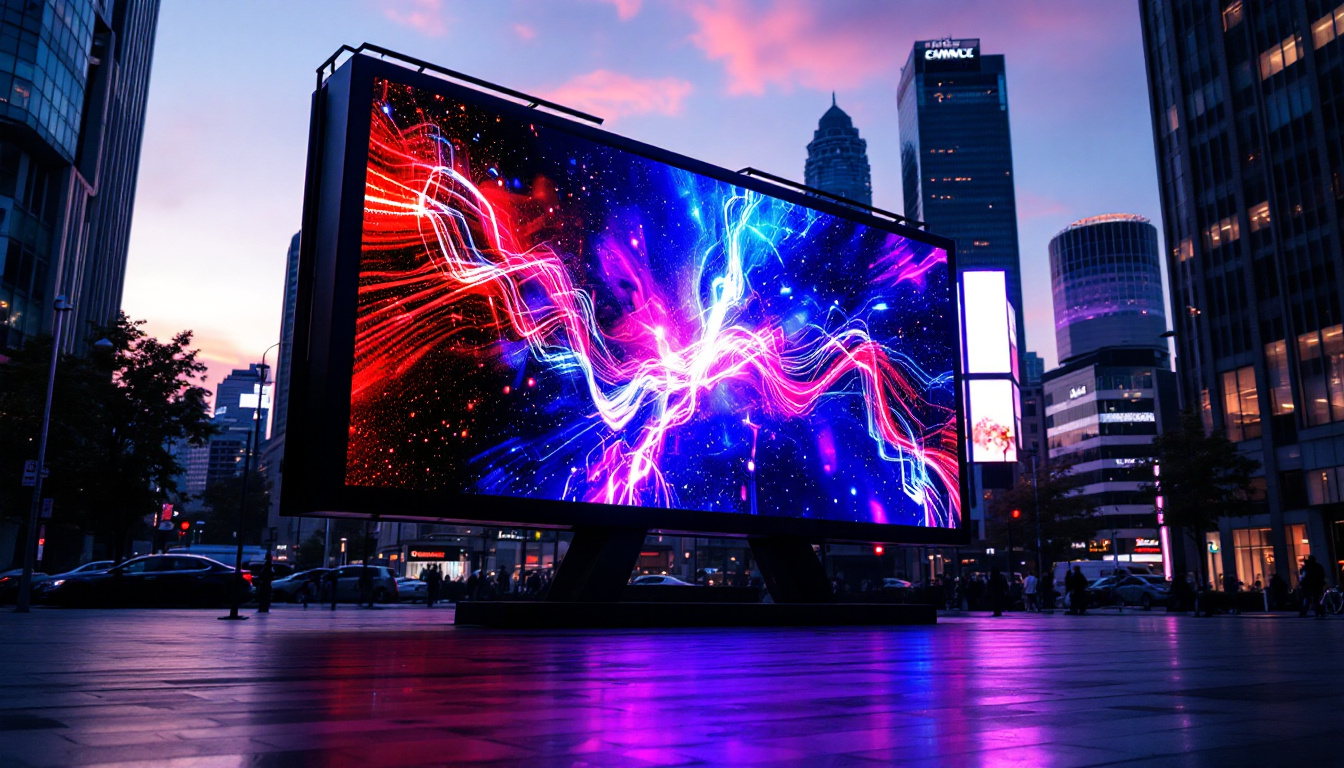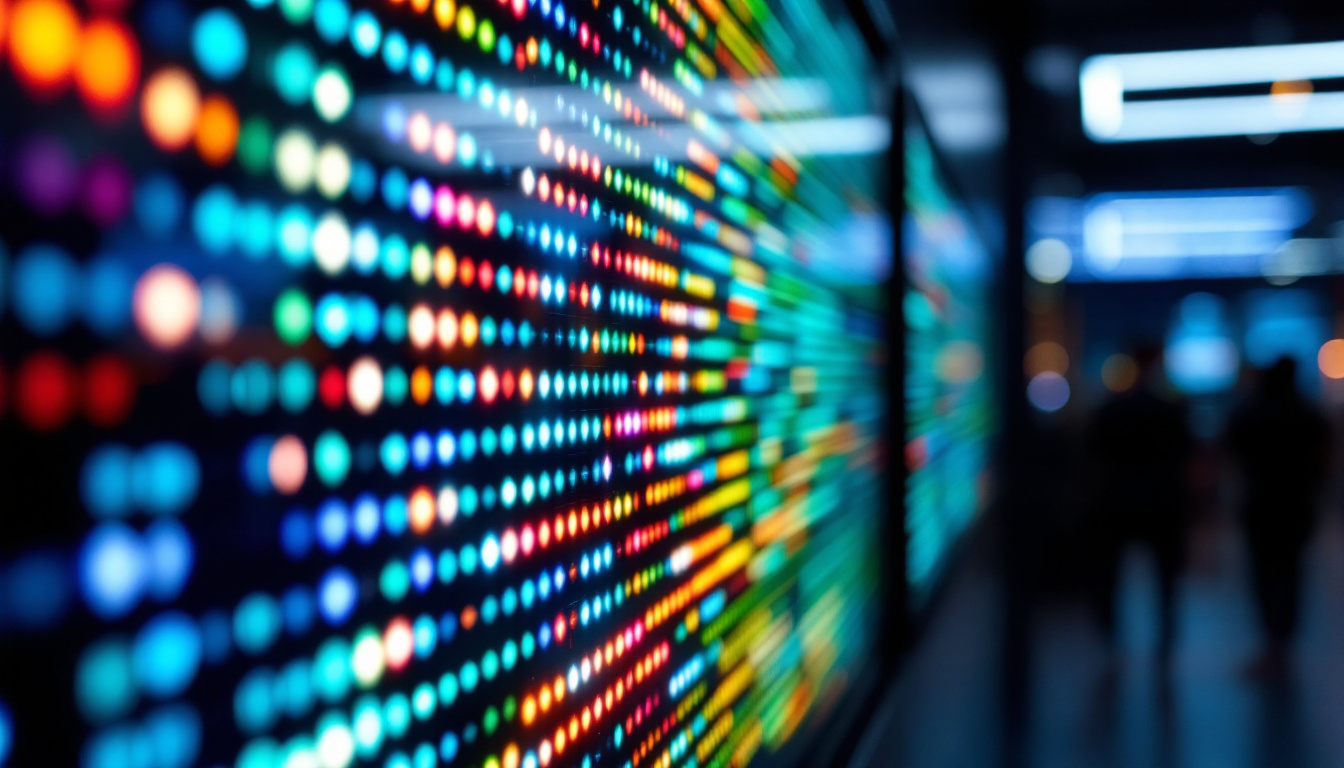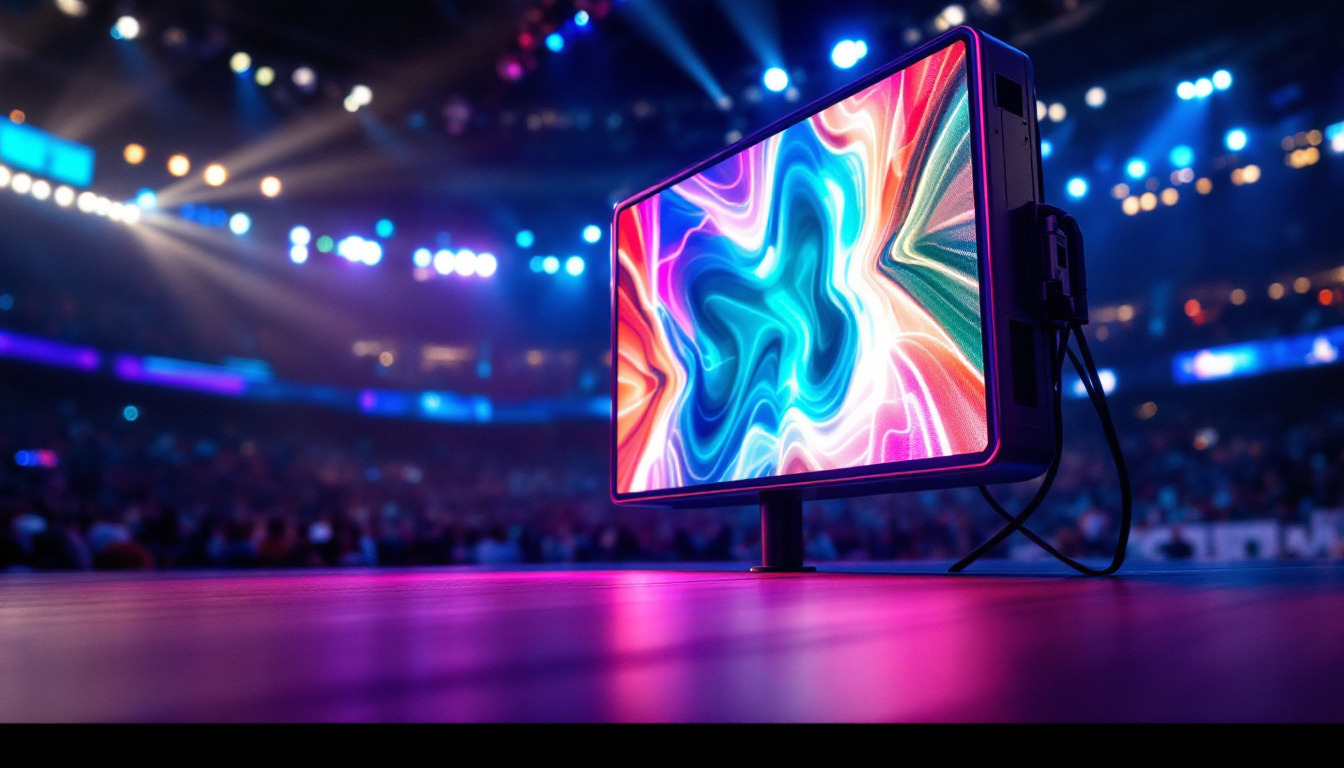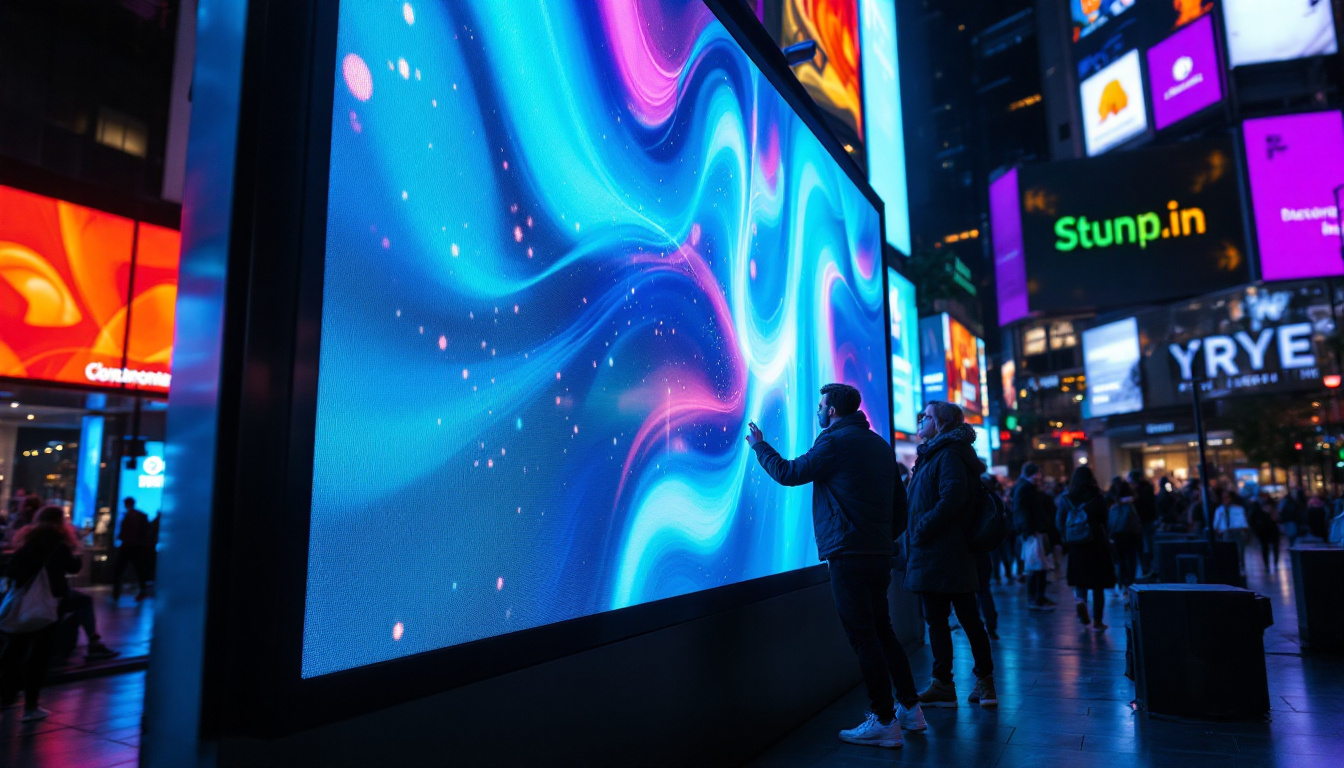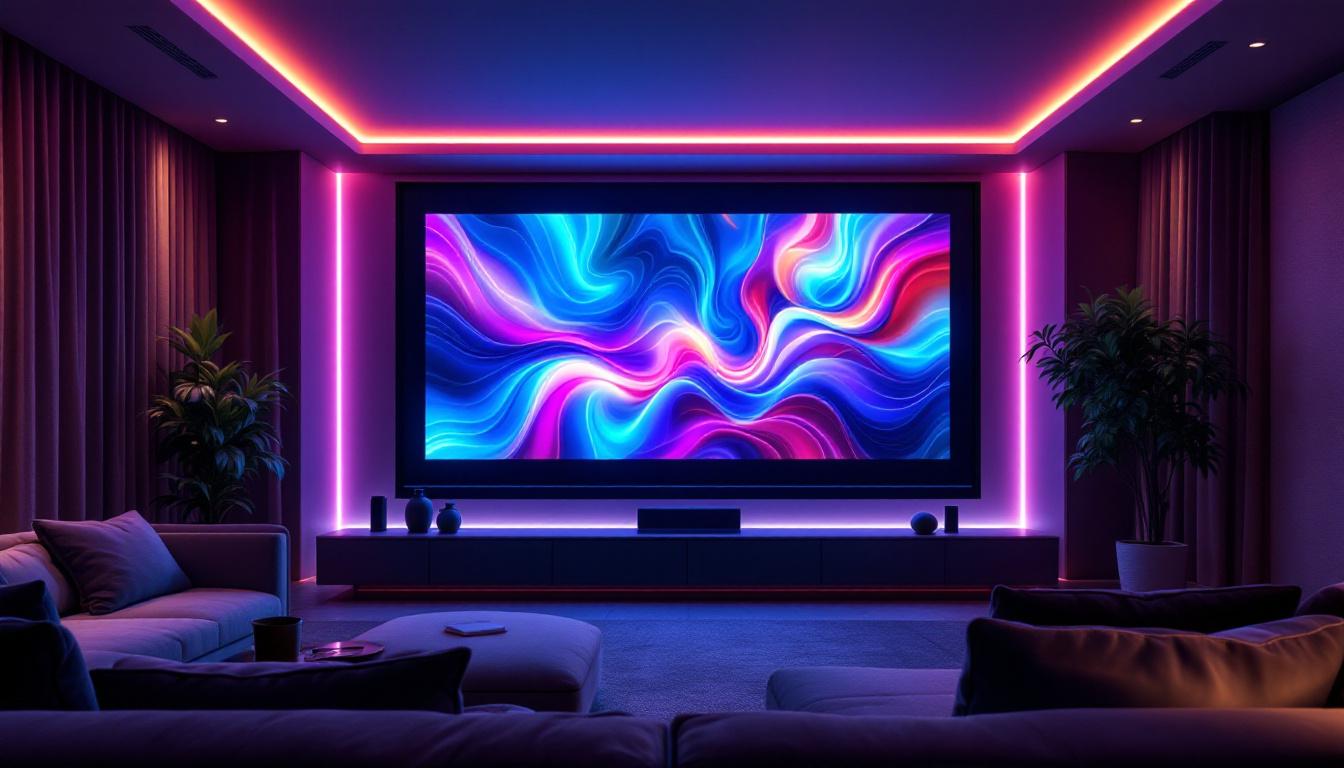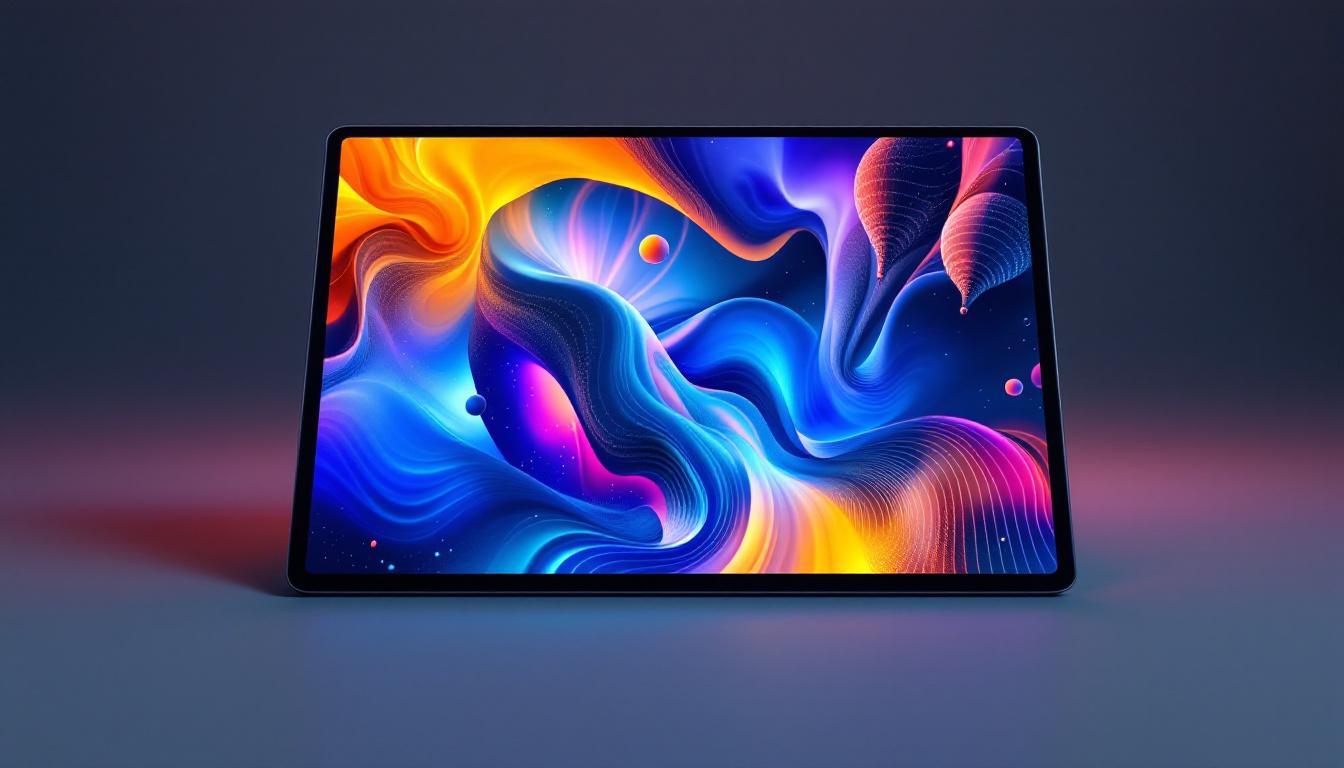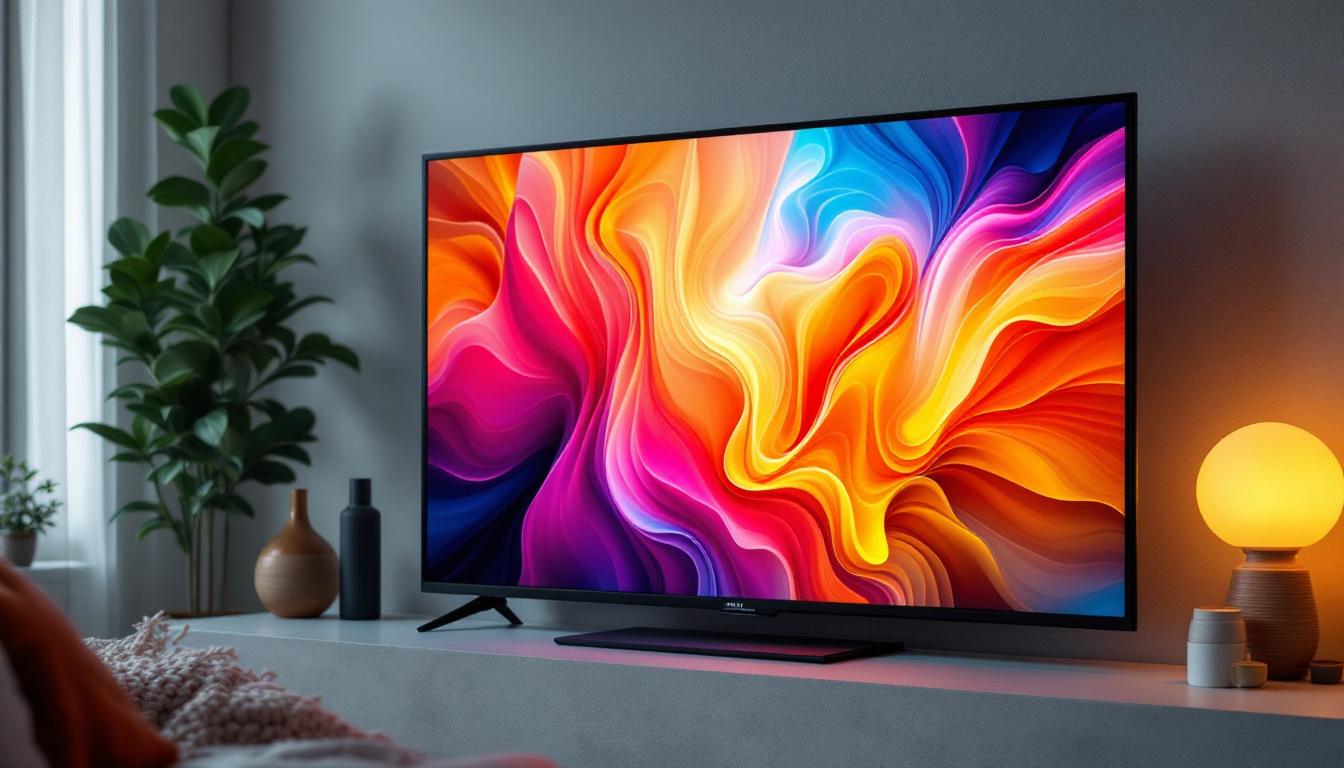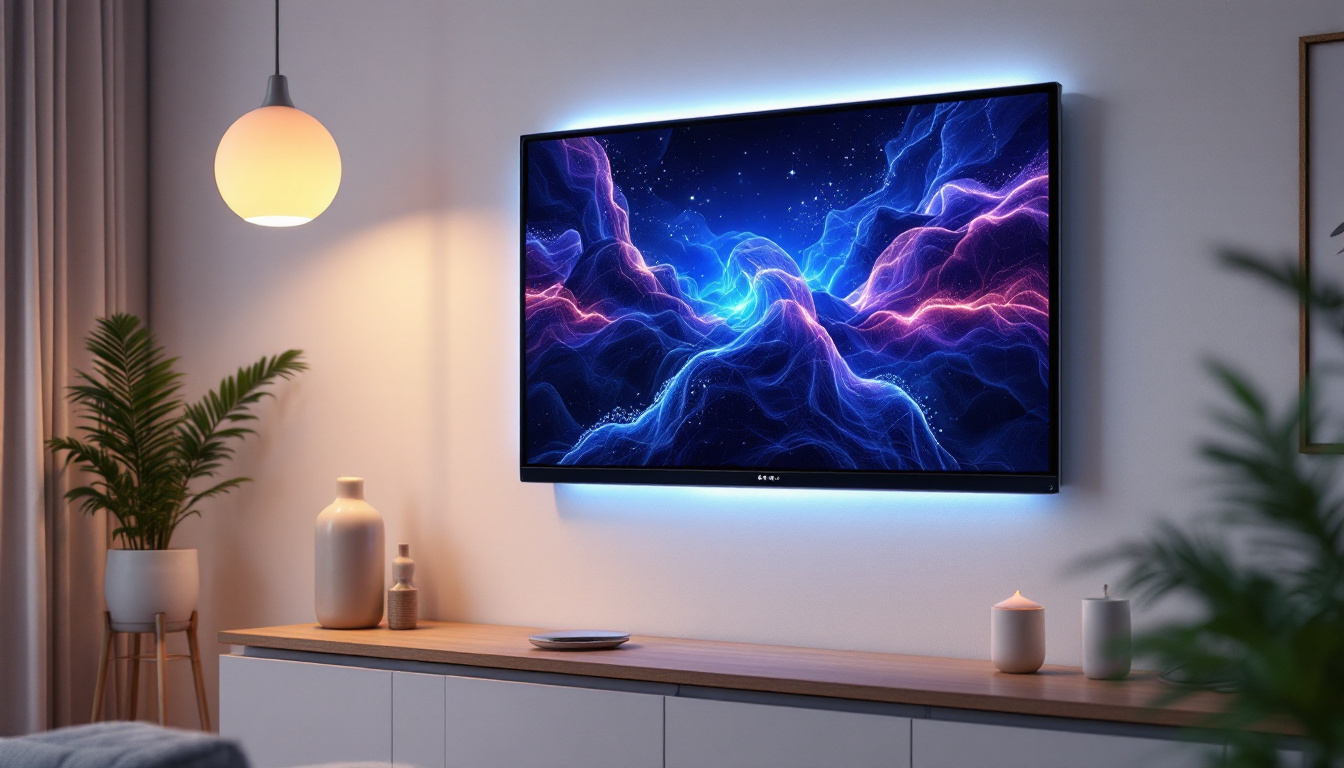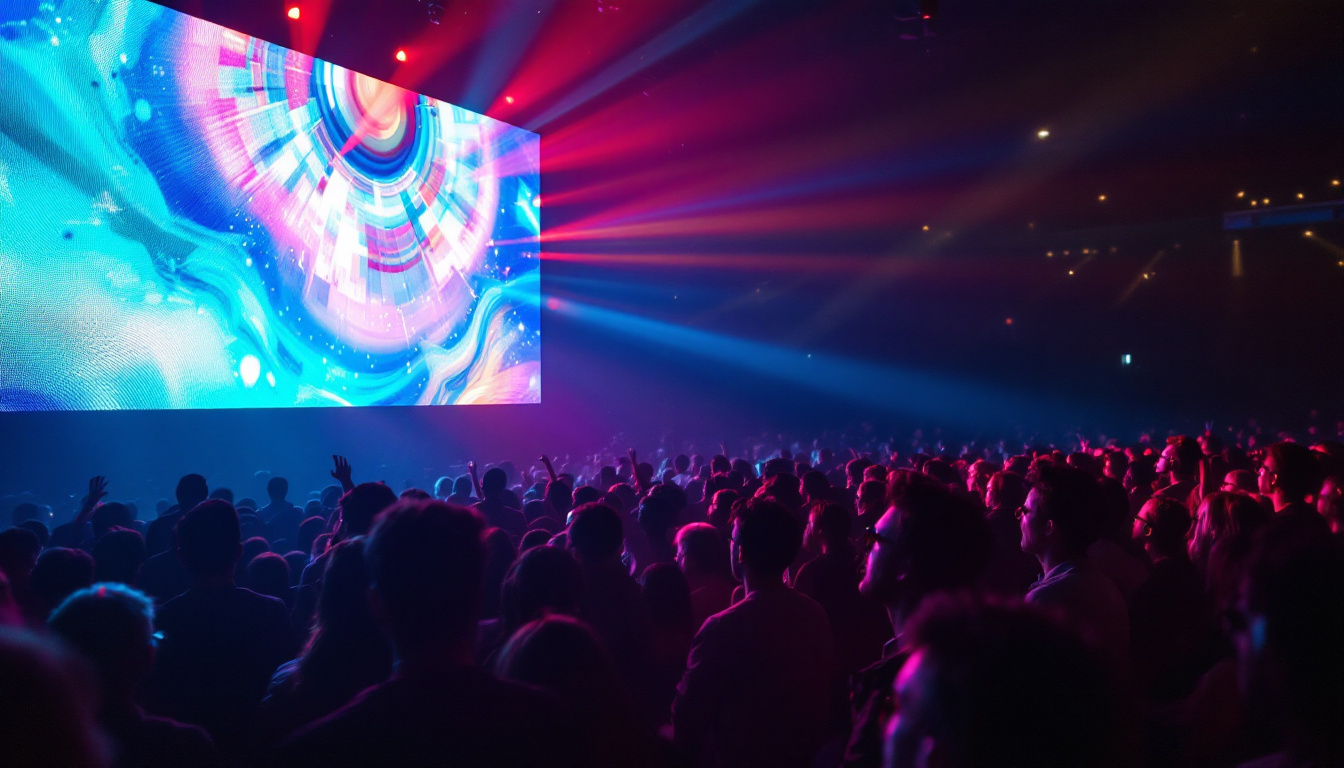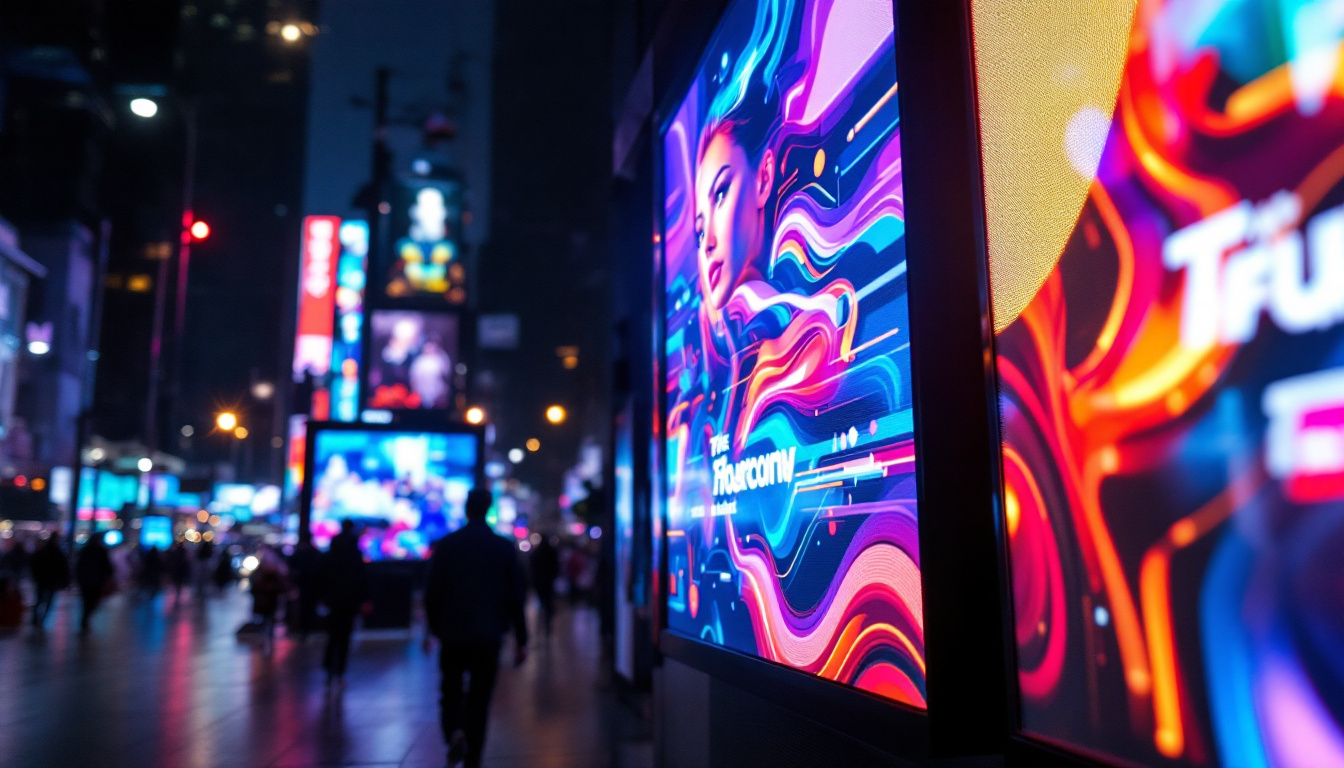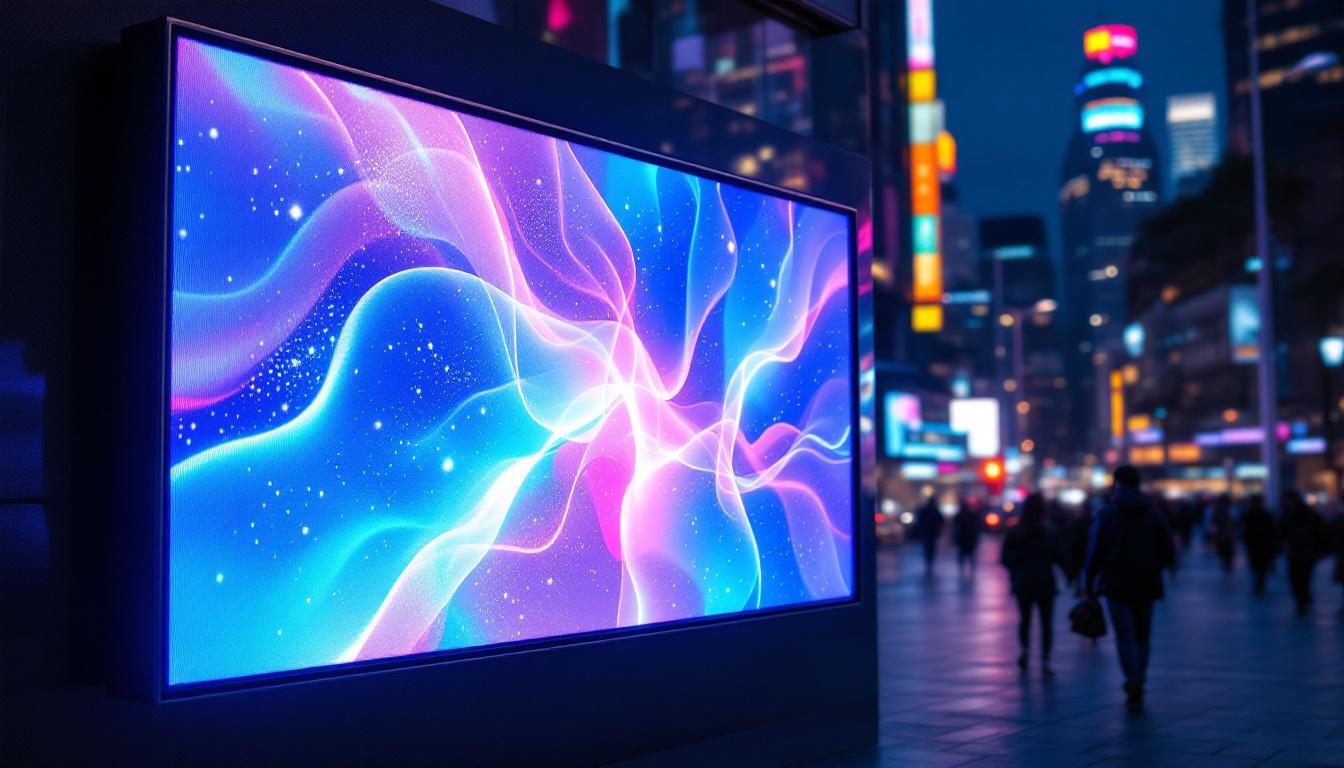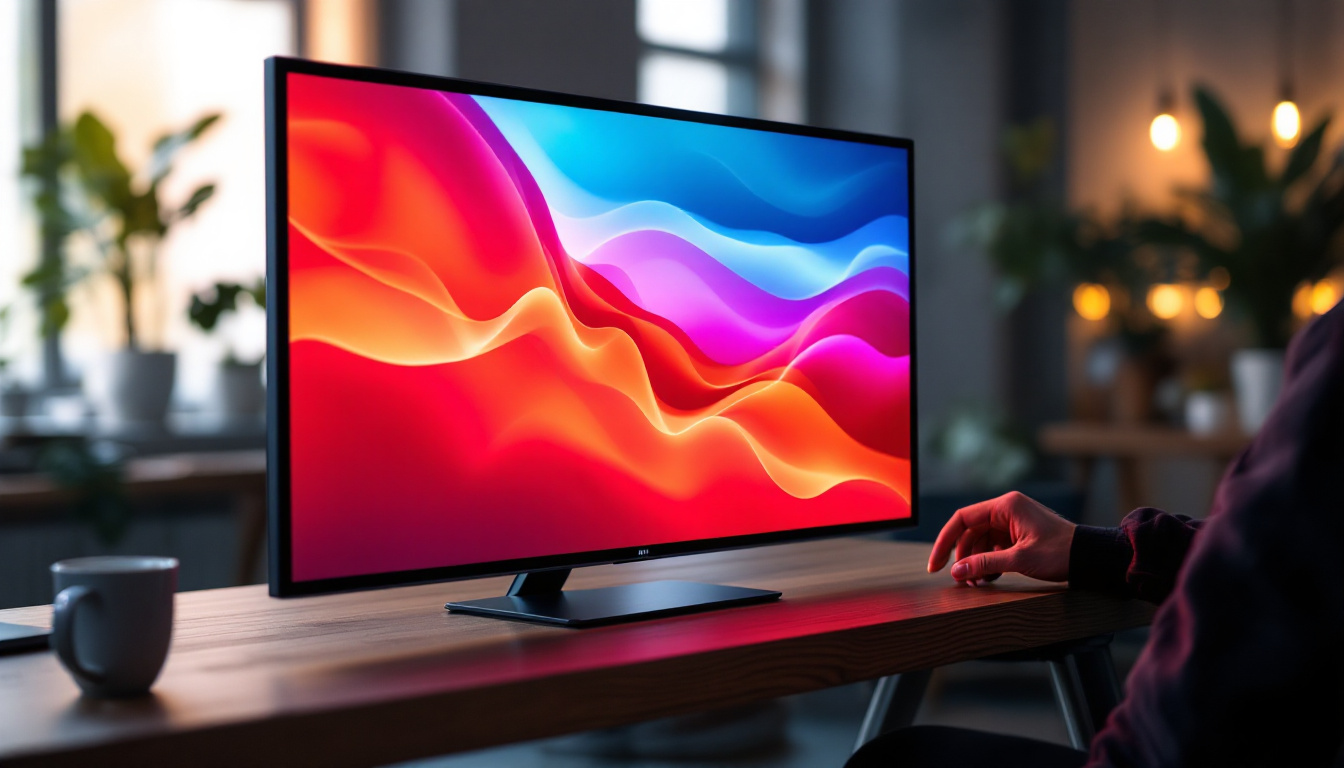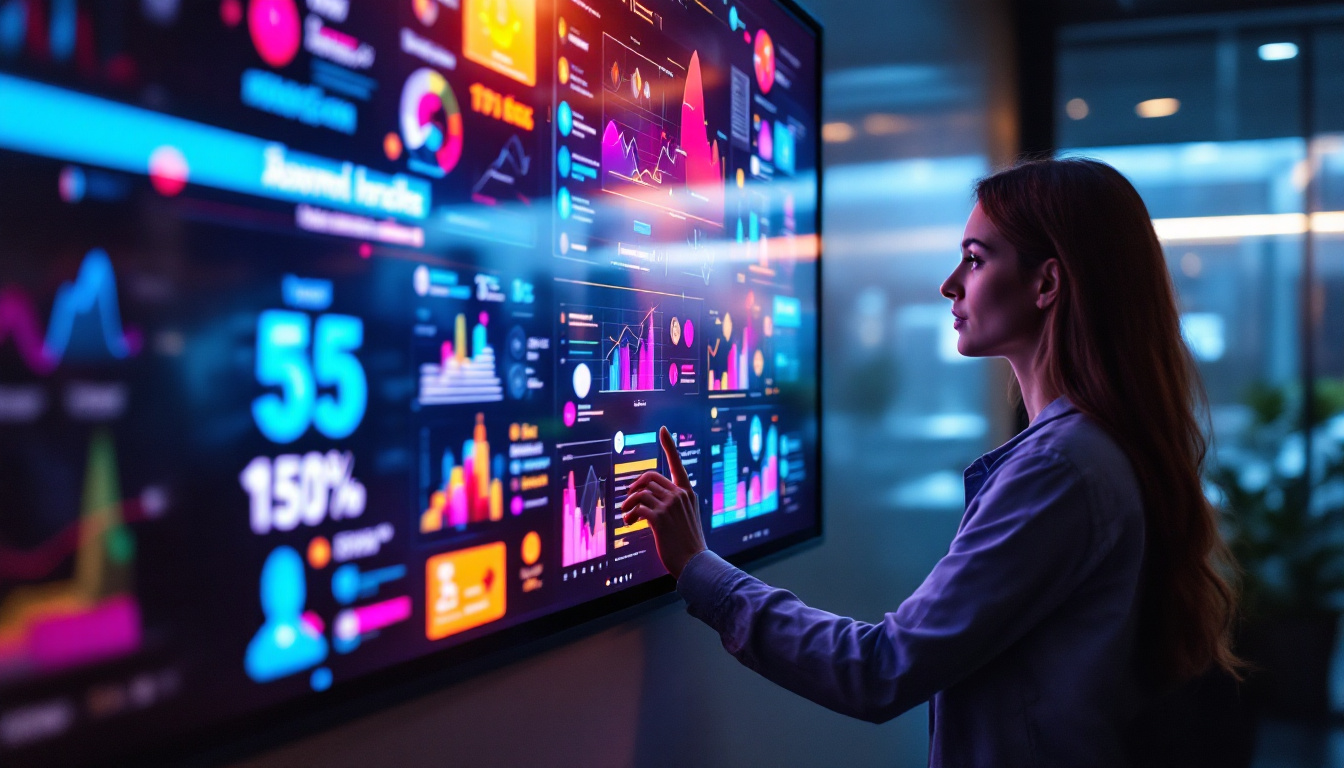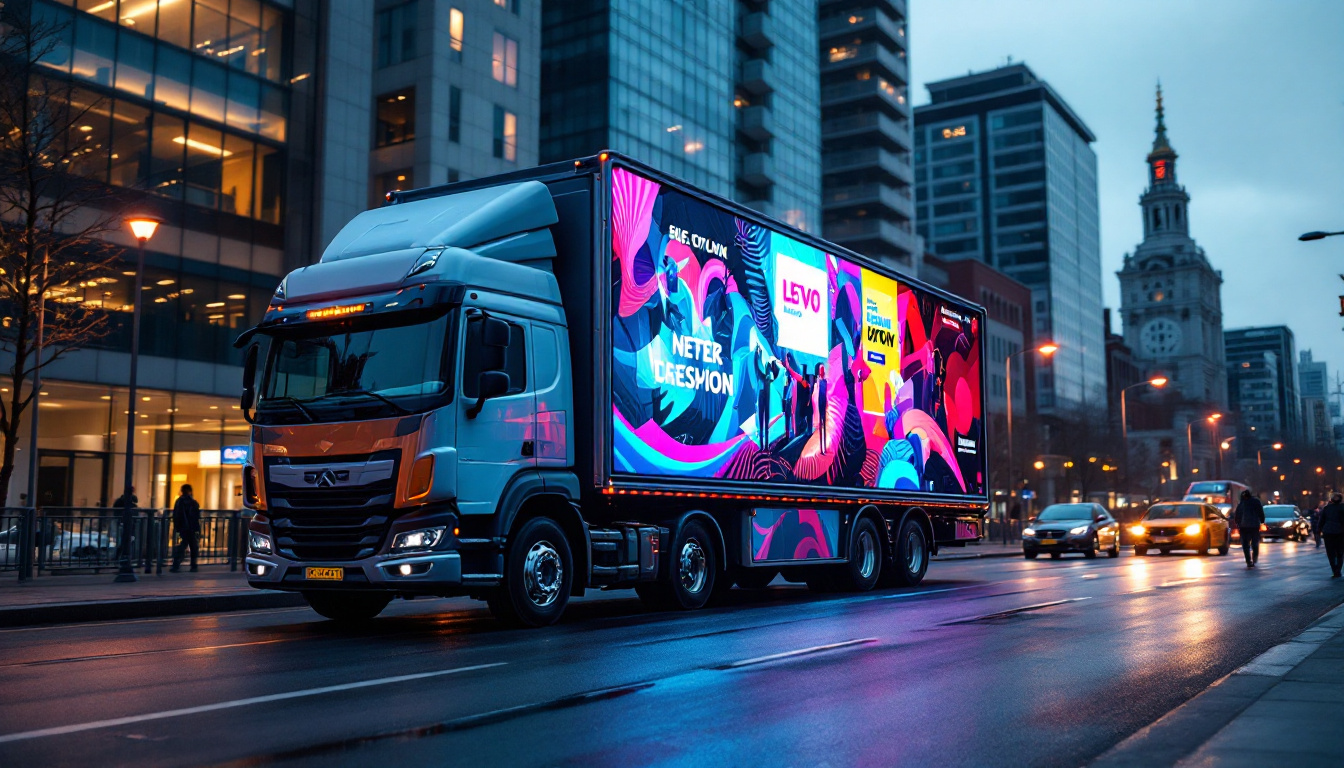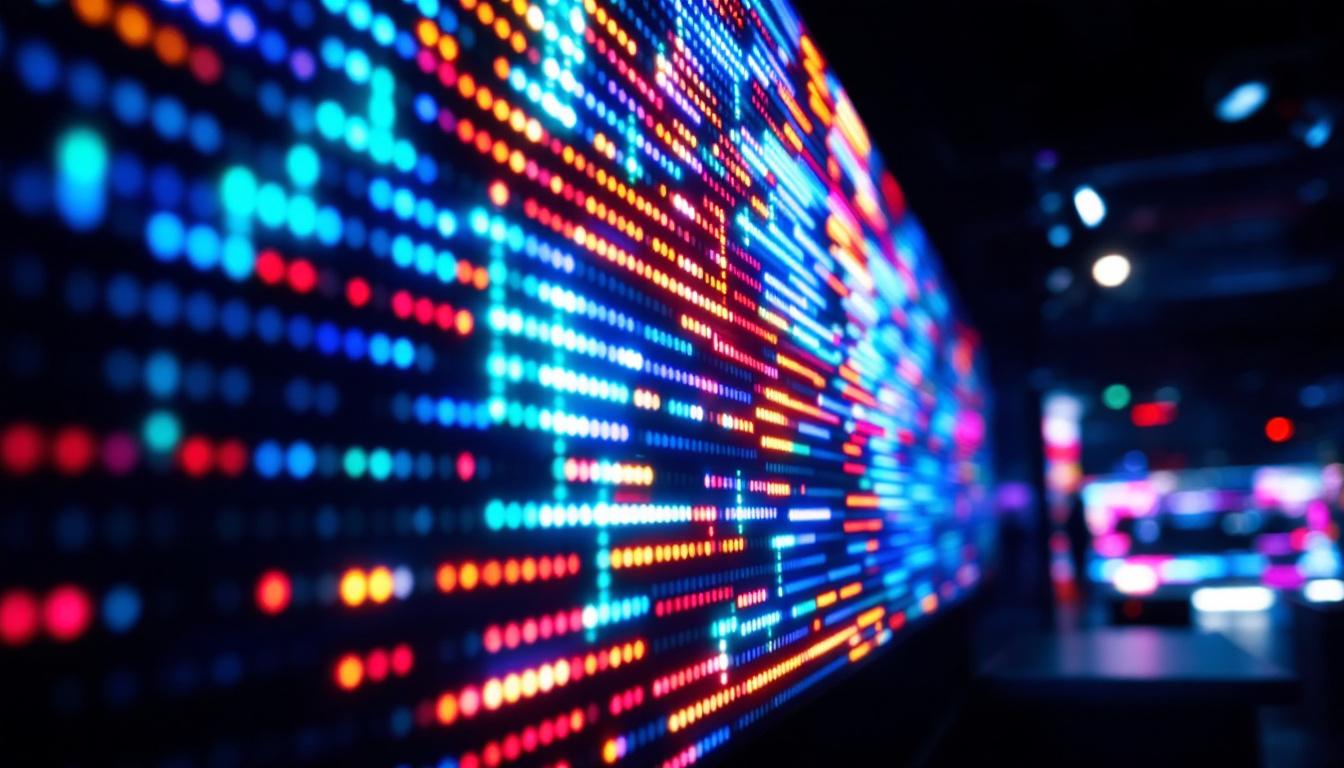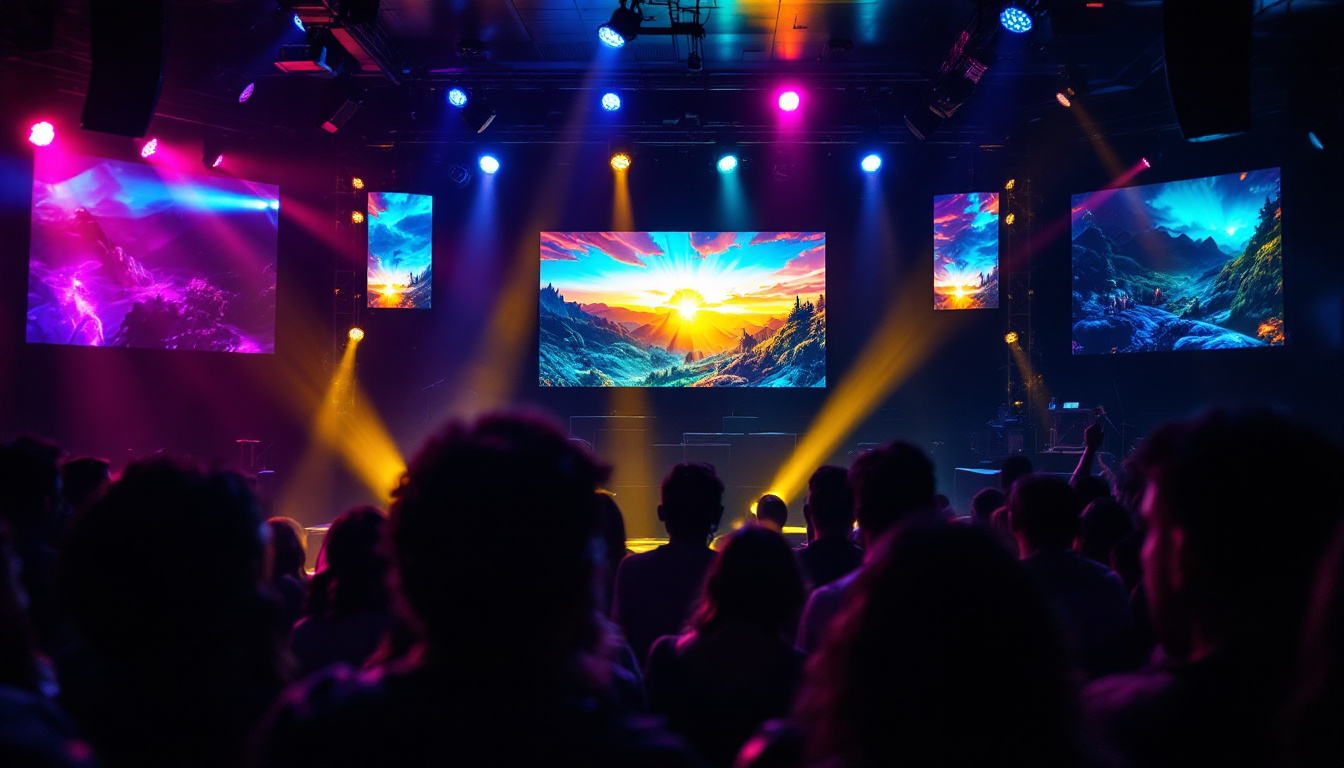Understanding measurements is crucial in various fields, especially when it comes to technology and design. One common conversion that often arises is from feet to inches. This article will delve into the conversion of 1.2 feet to inches, while also exploring the significance of LED displays in modern technology. By the end, readers will have a comprehensive understanding of both the measurement conversion and the role of LED displays in our daily lives.
Understanding Feet and Inches
Feet and inches are units of measurement commonly used in the United States and some other countries. The foot is a larger unit, while the inch is a smaller unit, making it essential to know how to convert between the two for various applications, from construction to design. Understanding these units is crucial not only for professionals in fields like architecture and engineering but also for everyday tasks such as home improvement projects or even cooking, where precise measurements can impact the outcome.
The Basics of Measurement
One foot is equivalent to 12 inches. This simple relationship serves as the foundation for converting feet to inches. When working with measurements, it is important to remember that precision is key. Whether measuring for a new piece of furniture or determining the size of a screen, accurate conversions can make a significant difference. Additionally, many tools and devices, such as tape measures and rulers, feature both feet and inches, allowing users to easily switch between the two units as needed. This versatility is particularly useful in DIY projects where quick adjustments may be necessary.
Conversion Formula
The formula for converting feet to inches is straightforward. To convert feet to inches, multiply the number of feet by 12. For example, to convert 1.2 feet to inches, the calculation would be:
1.2 feet × 12 inches/foot = 14.4 inches
This means that 1.2 feet is equal to 14.4 inches. Such conversions are essential in various fields, particularly in design and technology. In the realm of graphic design, for instance, understanding these measurements can help designers create layouts that are visually appealing and functional. Similarly, in construction, knowing how to accurately convert measurements ensures that materials fit together properly, which can ultimately save time and resources. Furthermore, as technology advances, digital tools and applications are increasingly available to assist with these conversions, making the process even more accessible for everyone.
LED Displays: A Brief Overview
LED (Light Emitting Diode) displays have revolutionized the way we interact with technology. From televisions to digital billboards, LED displays are ubiquitous in modern life. Understanding how these displays work and their advantages can help consumers make informed decisions when purchasing electronic devices.
How LED Displays Work
LED displays operate using a series of tiny light-emitting diodes that illuminate to create images and text. Each diode emits light when an electrical current passes through it. The combination of red, green, and blue diodes allows for a full spectrum of colors, enabling the display to produce vibrant images.
In essence, LED displays are made up of pixels, with each pixel consisting of multiple diodes. The more pixels a display has, the higher its resolution, resulting in clearer and sharper images. This technology has become increasingly popular due to its efficiency and versatility. Additionally, advancements in LED technology have led to the development of OLED (Organic Light Emitting Diode) displays, which provide even greater contrast and color accuracy by allowing each pixel to emit its own light, rather than relying on a backlight. This innovation has further enhanced the viewing experience, especially in high-definition formats.
Advantages of LED Displays
LED displays offer numerous advantages over traditional display technologies. Here are some key benefits:
- Energy Efficiency: LED displays consume significantly less power than their LCD or plasma counterparts, making them more environmentally friendly and cost-effective in the long run.
- Brightness: LED displays are known for their high brightness levels, making them suitable for both indoor and outdoor use. This is particularly important for digital signage and advertising.
- Longevity: LED technology has a longer lifespan compared to traditional displays, reducing the frequency of replacements and maintenance.
Moreover, the durability of LED displays makes them ideal for various applications, from home entertainment systems to large-scale commercial installations. Their robust construction allows them to withstand harsh environmental conditions, which is particularly beneficial for outdoor displays that face exposure to sunlight, rain, and temperature fluctuations. Furthermore, the rapid response time of LED technology ensures that images and videos are displayed with minimal lag, providing an engaging viewing experience for users. As a result, businesses are increasingly adopting LED displays for advertising and information dissemination, capitalizing on their ability to capture attention and convey messages effectively.
Applications of LED Displays
The versatility of LED displays allows them to be used in various applications across different industries. Understanding these applications can provide insight into the importance of LED technology in contemporary society.
Advertising and Marketing
One of the most prominent uses of LED displays is in advertising. Digital billboards and signage utilize LED technology to capture the attention of passersby. The ability to change content quickly and display dynamic visuals makes LED displays an effective marketing tool.
Businesses can showcase promotions, events, and announcements in real-time, ensuring that their advertising efforts are timely and relevant. This adaptability is a significant advantage over traditional static signage.
Entertainment and Events
LED displays are also prevalent in the entertainment industry. Concerts, sporting events, and festivals often feature large LED screens to enhance the audience’s experience. These displays can show live feeds, graphics, and advertisements, creating an immersive atmosphere.
Moreover, the flexibility of LED technology allows for various configurations, from large outdoor screens to smaller indoor displays, catering to different event needs.
Home and Office Use
In residential and commercial settings, LED displays are used in televisions, monitors, and digital signage. The high-quality visuals and energy efficiency make them a popular choice for consumers and businesses alike.
In offices, LED displays can be utilized for presentations, video conferencing, and information sharing, enhancing communication and collaboration among team members.
Choosing the Right LED Display
When selecting an LED display, several factors should be considered to ensure that the chosen product meets the intended needs. Understanding these factors can help consumers make informed decisions.
Resolution and Size
Resolution is a crucial aspect of LED displays. Higher resolution screens provide clearer and sharper images, which is particularly important for applications requiring detailed visuals, such as graphic design or video editing.
Additionally, the size of the display should be appropriate for the intended space. A larger display may be suitable for outdoor advertising, while a smaller screen may suffice for home use. Evaluating the viewing distance and the environment will help determine the optimal size.
Brightness and Contrast
Brightness is another essential factor, especially for outdoor displays that need to be visible in bright sunlight. The contrast ratio, which measures the difference between the darkest and brightest parts of the image, also plays a significant role in the overall quality of the display.
Choosing a display with the right brightness and contrast levels will enhance the viewing experience, whether for entertainment or professional use.
Connectivity and Features
Modern LED displays come equipped with various connectivity options, such as HDMI, USB, and wireless capabilities. These features allow for easy integration with other devices, making it simpler to share content and enhance functionality.
Additionally, some displays may offer smart features, such as built-in apps or internet connectivity, allowing users to access content directly without the need for external devices. Evaluating these features can help consumers select a display that meets their specific requirements.
Future Trends in LED Display Technology
The LED display industry is continually evolving, with new technologies and trends emerging that promise to enhance the user experience further. Staying informed about these trends can provide valuable insights for consumers and businesses alike.
Mini and Micro LED Technology
Mini and micro LED technologies are gaining traction in the display market. These advancements offer improved brightness, contrast, and energy efficiency compared to traditional LED displays. Mini and micro LEDs use smaller diodes, allowing for higher pixel density and more compact designs.
This technology is particularly beneficial for applications requiring high-resolution displays, such as virtual reality and augmented reality, where immersive experiences are paramount.
Flexible and Transparent Displays
Another exciting trend is the development of flexible and transparent LED displays. These innovations open up new possibilities for design and functionality, allowing displays to be integrated into various surfaces, such as windows or curved structures.
Such displays can transform how information is presented, creating dynamic environments that blend technology with architecture. As this technology matures, it is likely to become more prevalent in both commercial and residential applications.
Improved Energy Efficiency
As sustainability becomes increasingly important, the LED display industry is focusing on enhancing energy efficiency. Future displays are expected to consume even less power while maintaining high performance, contributing to a greener planet.
Innovations in materials and manufacturing processes will play a crucial role in achieving these energy efficiency goals, making LED technology even more appealing to environmentally conscious consumers.
Conclusion
In summary, converting measurements from feet to inches is a fundamental skill that can be applied in various contexts, particularly in technology and design. Understanding the conversion of 1.2 feet to inches, which equals 14.4 inches, is just one example of how measurement plays a critical role in our daily lives.
Moreover, LED displays have transformed the way we interact with technology, offering numerous advantages and applications across different industries. As technology continues to evolve, staying informed about the latest trends and innovations in LED displays will empower consumers to make educated decisions.
Whether for advertising, entertainment, or personal use, LED displays are here to stay, and their significance in the modern world cannot be overstated. Embracing these advancements will undoubtedly lead to a more connected and visually engaging future.
Discover LumenMatrix LED Display Solutions
Ready to experience the future of visual communication? LumenMatrix is at the forefront of LED display innovation, offering a wide range of solutions tailored to your needs. From Indoor and Outdoor LED Wall Displays to specialized options like Vehicle, Sports, and Floor LED Displays, our technology is designed to captivate and engage. Whether you’re looking to enhance your brand’s visibility or create a mesmerizing visual experience, LumenMatrix has the cutting-edge technology to bring your vision to life. Check out LumenMatrix LED Display Solutions and see how we can transform your space with clarity and impact.


